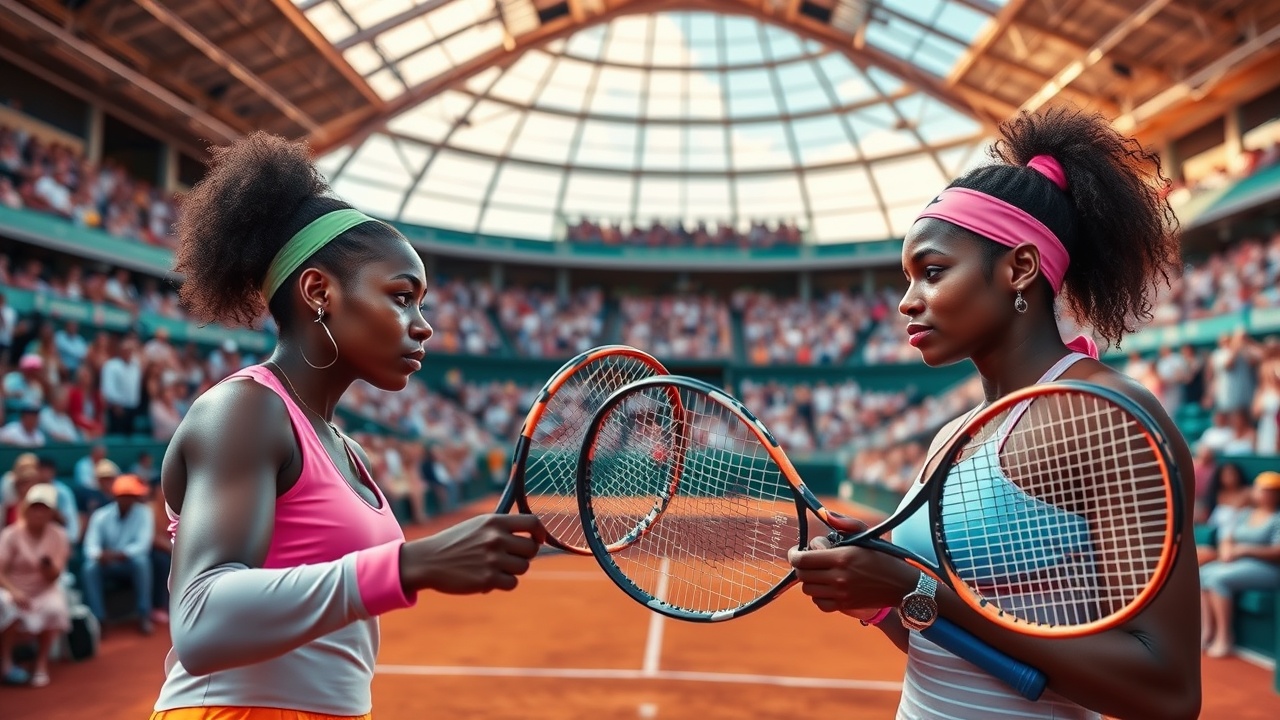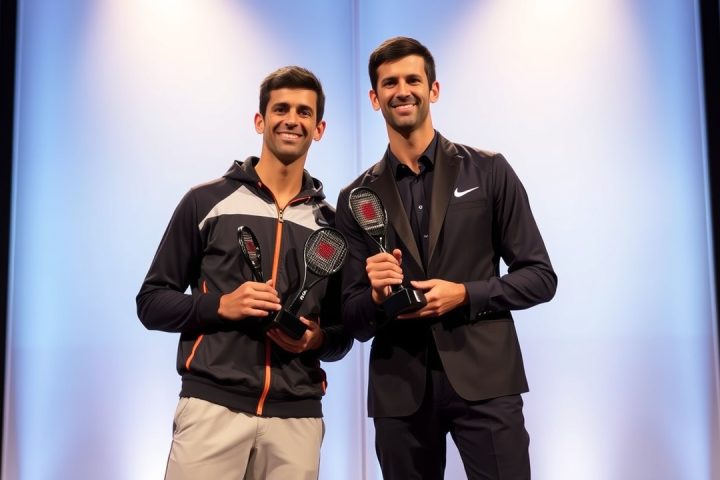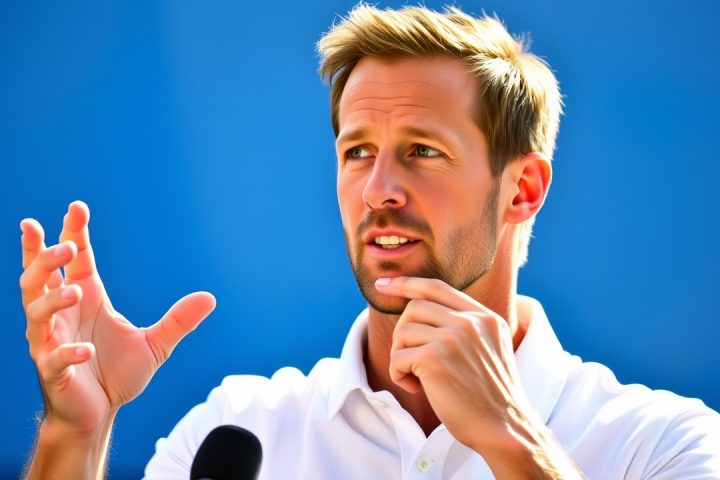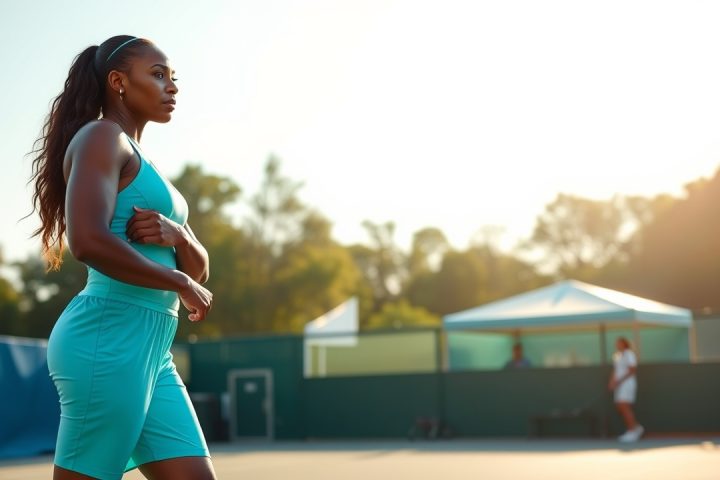Gauff’s Endurance on the Court
PARIS — Coco Gauff’s recent performances on the tennis court have showcased an almost supernatural endurance, especially during long rallies. It’s become a familiar scene: her opponent, visibly spent from the effort, believing they have clinched a point only to see Gauff return the ball again and again, ultimately winning the encounter. The disparities in conditioning become stark — one player collapses, breathless, while Gauff appears unfazed, ready and composed for the next serve.
Keys’ Transformation
Her remarkable endurance is arguably her most potent weapon. Meanwhile, Madison Keys has also transformed her game, exhibiting a newfound calm under pressure that distinguishes her from her previous self. In recent grand slams, including her road to victory at the Australian Open, Keys demonstrated an impressive ability to compose herself during critical moments, as evidenced by her thrilling comeback against Sofia Kenin at Roland Garros, where she saved three match points late in their contest.
The Quarterfinal Clash
This quarterfinal clash between Gauff and Keys at the French Open not only marks a generational rivalry, as both have been lauded for their potential since they were teens, but also highlights their contrasting playing styles. Keys, now 30, honed her game in an era where raw power and resilience were paramount, while 21-year-old Gauff has adapted to a game focused on finesse, agility, and court coverage. Their differing approaches are likely to be a crucial factor in determining the match’s outcome.
Gauff’s Stamina
Gauff recently asserted that the only player who can truly go toe-to-toe with her in extensive rallies is Zheng Qinwen, a testament to her exceptional stamina. In her preceding matches at Roland Garros, opponents have attempted to tire her out by engaging in long rallies. For instance, Czech player Marie Bouzkova’s strategy of prolonged points was initially somewhat effective, yet ultimately inadequate against Gauff’s physical prowess, leading to a decisive advantage for the American.
Observing her matches, it’s clear how her fitness gives her the upper hand—especially against younger players who lack the endurance developed through years of competing at high levels. For example, Tereza Valentová and Victoria Mboko, both 18, struggled to keep pace with Gauff, showing signs of exhaustion well before the matches concluded.
Chris Eubanks’ Insights
Chris Eubanks, a former junior competitor and current ATP player, has been close to Gauff since childhood. Having trained with her in intense Florida conditions, he recalls how Gauff’s relentless competitiveness makes it difficult to find her limits. Her dedication to conditioning sets her apart in a sport where many treat fitness regimens as a necessary chore. Instead, Gauff thrives on the physical challenges, a mindset that fosters further confidence during lengthy matches.
Keys’ Preparation
In preparation for Gauff, Keys has focused heavily on physical training with coached guidance, which has bolstered her confidence to engage in prolonged duels. However, the clay surface at Roland Garros will give Gauff an extra advantage as she harnesses her stamina and agility while forcing her opponents to fight for every point.
A Rivalry of Growth
Keys is aware that facing Gauff means engaging in deeper battles, often needing to maintain control throughout multiple rallies. With a mindset shaped by experience, she aims to challenge Gauff head-on and seize crucial points without hesitation—something she has been refining even as she embraces moments of pressure.
As her long-time friend and rival, Keys acknowledges Gauff’s impressive progress. Reflecting back, she remembers when Gauff was a precocious talent on the verge of stardom. Now, as both athletes approach this pivotal matchup, their journeys unfold into an exciting chapter of tennis, showcasing not only their skills but also their growth as competitors.




